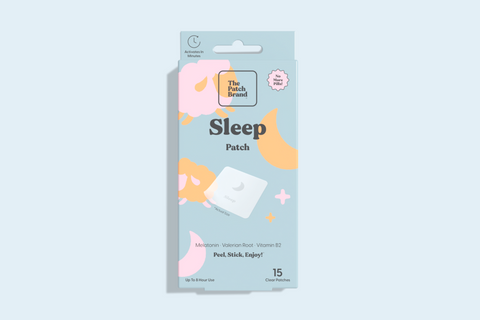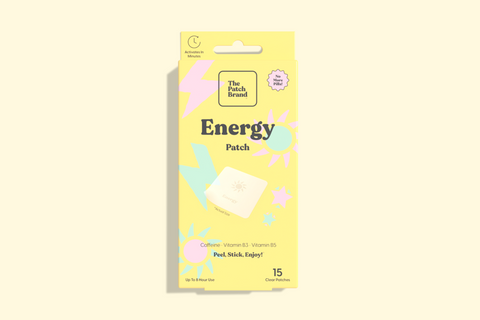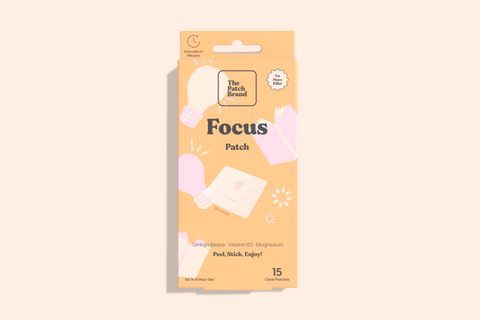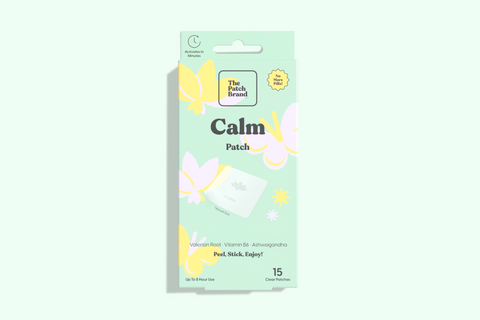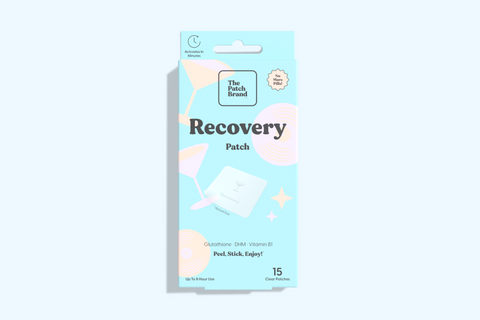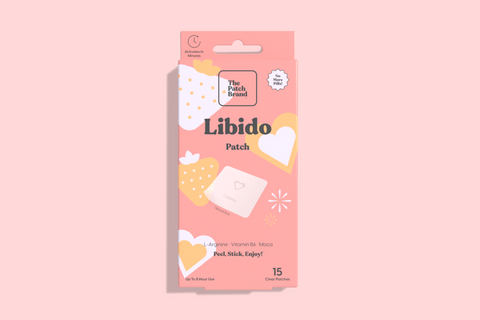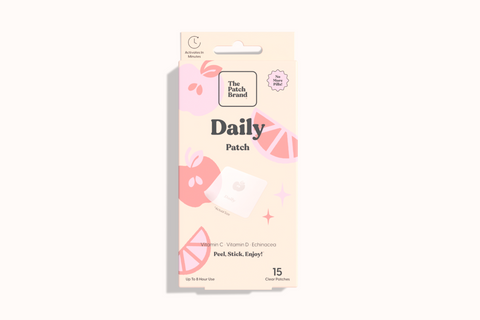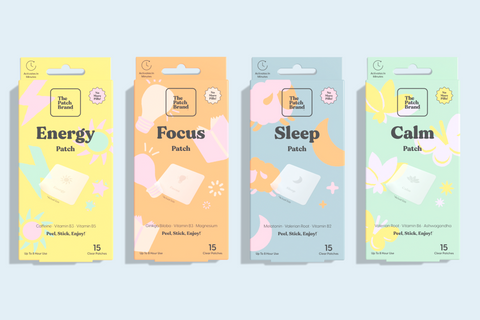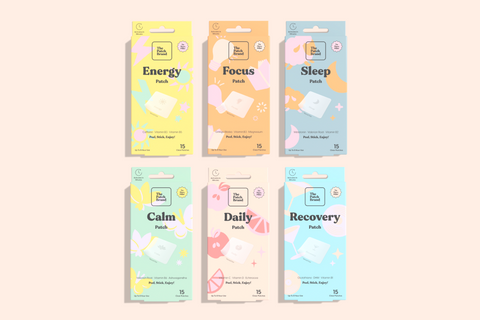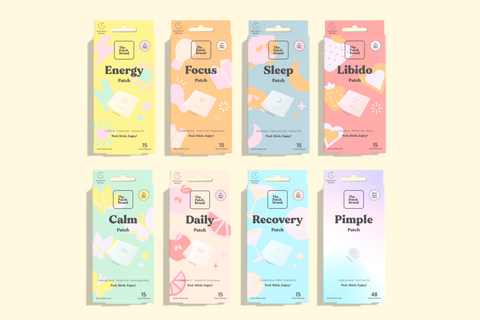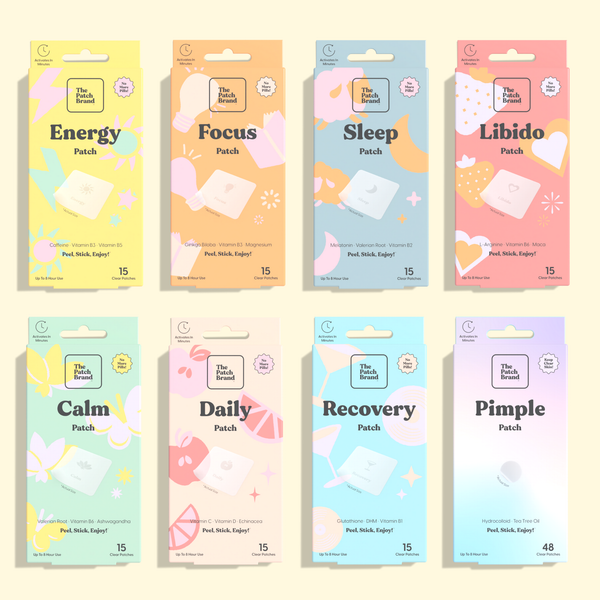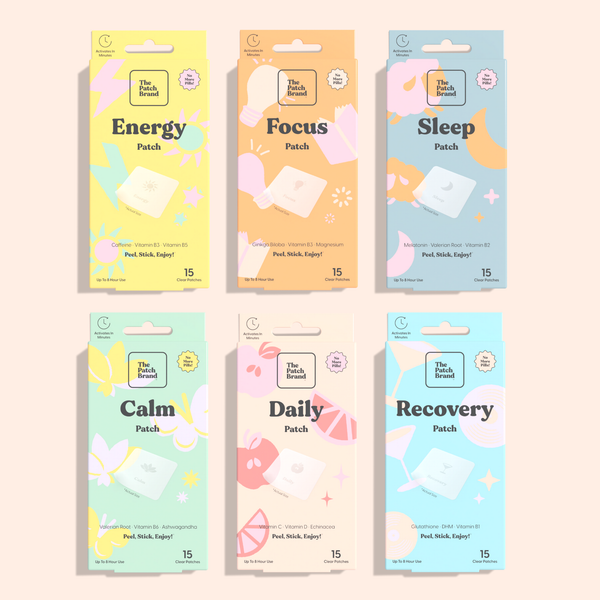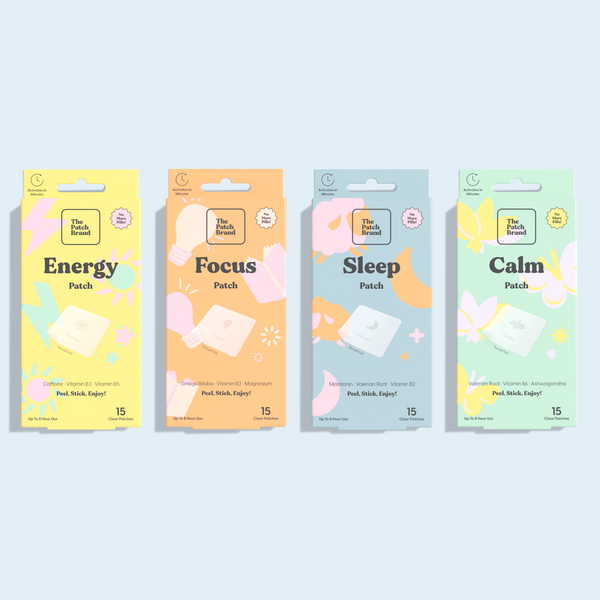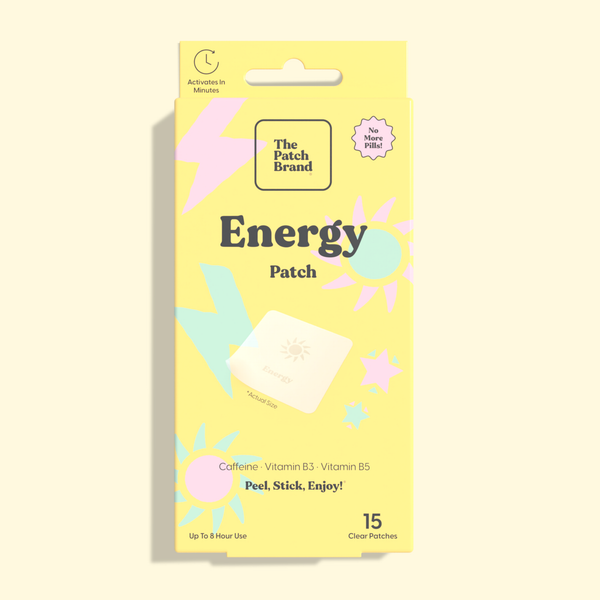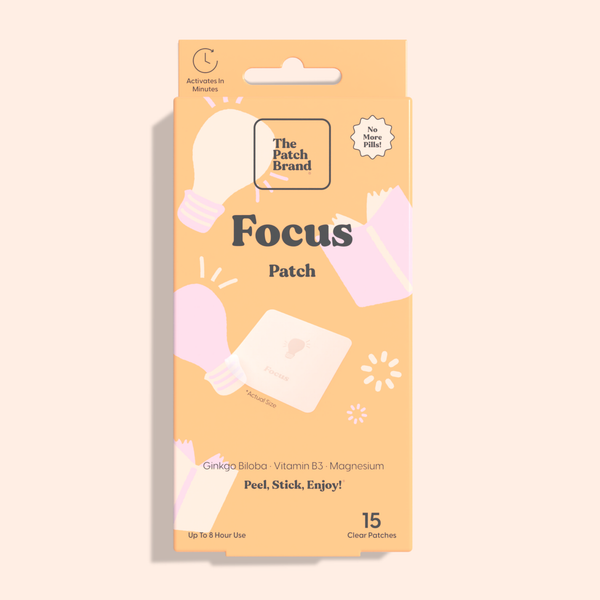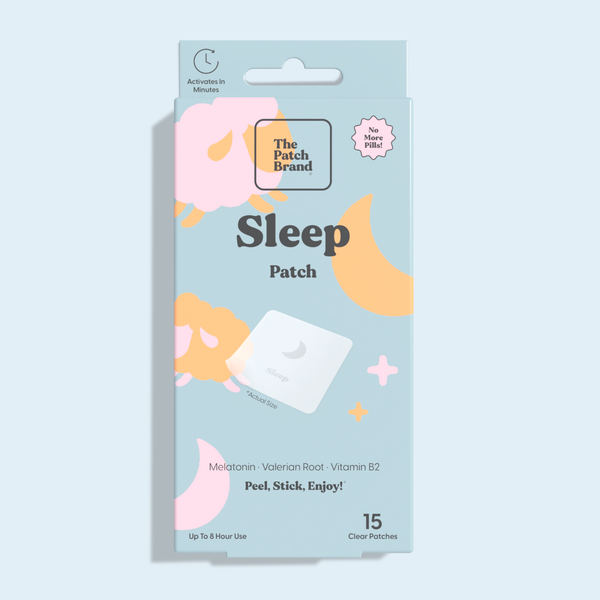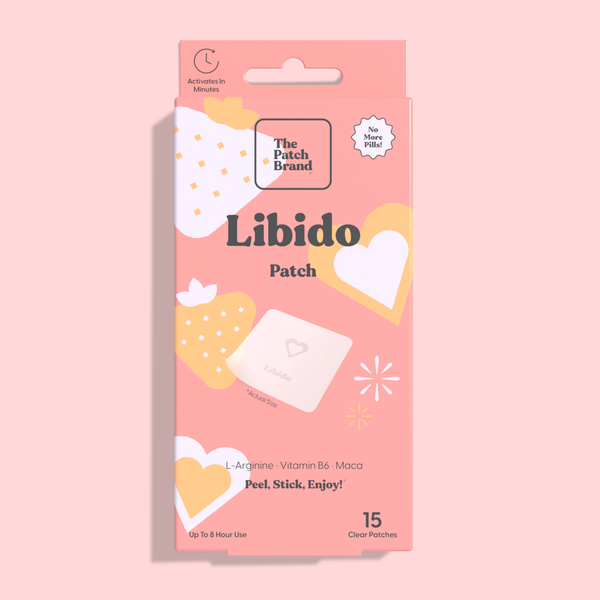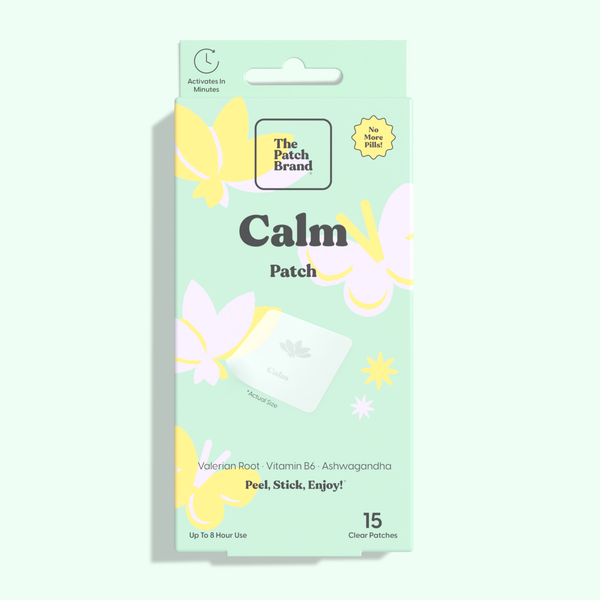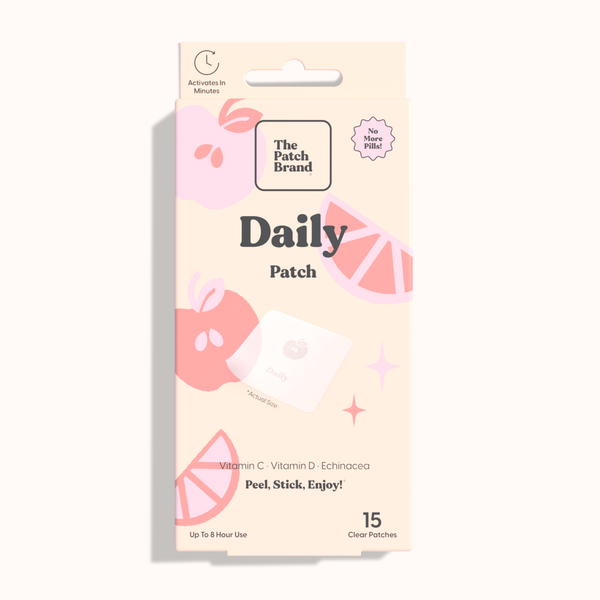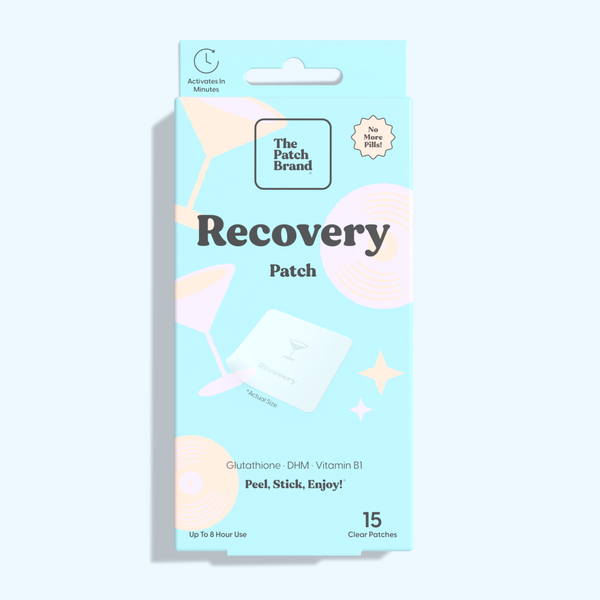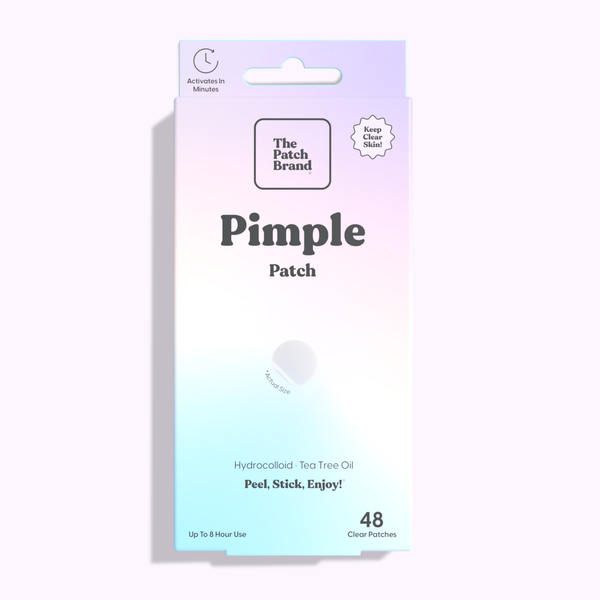Sleep patches are adhesive patches that are placed on the skin and are designed to help improve sleep quality. They are often made with a variety of ingredients that are believed to have a positive effect on sleep, including herbs, vitamins, and minerals. In this article, we will explore what sleep patches are, the ingredients that are often found in them, and how they may be able to improve sleep quality. Most sleep patches are worn on the wrist, arm, or chest, and are left on overnight while the user is sleeping. They are an alternative to other sleep aids, such as pills or liquids, and are often considered a more natural option.
Ingredients Found In Sleep Patches
Valerian Root
Valerian root is a perennial herb that has been utilized for its medicinal properties for thousands of years, dating back to ancient Greece and Rome. It is most commonly used to address sleep disorders, notably insomnia, and is also employed as a natural remedy for anxiety due to its sedative effects. The primary mechanism through which valerian root operates is its enhancement of gamma-aminobutyric acid (GABA) levels in the brain. GABA is a neurotransmitter that helps to regulate nerve cells and calms nervous activity. By increasing GABA, valerian root helps to lower the brain's activity levels, thereby aiding the user in feeling more relaxed and prepared for sleep. This herb is often taken in the form of capsules, teas, or tinctures and is noted for its strong, earthy odor, which some find unpleasant.
Melatonin
Produced by the pineal gland, this hormone's production is triggered by darkness and is instrumental in signaling the body to prepare for sleep. As night falls, melatonin levels rise sharply, promoting sleepiness and helping to cue the body’s physiological preparations for sleep. This increase in melatonin helps individuals fall asleep more naturally during the nighttime. Conversely, with the arrival of morning light, melatonin production drops, signaling the body to awaken. Beyond its endogenous form, melatonin is also available as a supplement, commonly used to treat jet lag or help those who have irregular sleep schedules establish a more consistent sleep pattern.
Chamomile
Chamomile, a daisy-like plant, has been a staple in traditional medicine for centuries, with its uses ranging from treating hay fever to inflammation, muscle spasms, menstrual disorders, insomnia, ulcers, gastrointestinal disorders, and wounds. Particularly renowned for its calming properties, chamomile is often consumed as a tea and used as a natural remedy to reduce mild anxiety and promote sleep.
The sedative effects of chamomile are attributed to its flavonoid content, specifically a compound called apigenin, which binds to benzodiazepine receptors in the brain, exerting a tranquilizing effect. Regular consumption of chamomile tea before bedtime is believed to improve the overall quality of sleep and can be particularly beneficial for those experiencing sleep disturbances like nightmares or restless legs syndrome.
Lavender
This herb’s scent is noted for increasing the brain’s gamma-aminobutyric acid (GABA) levels, akin to valerian root, which helps calm the nervous system. Below are explanations of how lavender contributes to wellness:
-
Aromatherapy: Lavender is a key ingredient in essential oils used widely in aromatherapy to foster a sense of calmness and alleviate stress and anxiety. The fragrance of lavender essential oils is thought to engage the limbic system, the part of the brain that influences the nervous system, emotional responses, and hormonal balances. This interaction promotes a serene environment and mental state, making it ideal for relaxation practices, meditation sessions, and stress relief therapies. Regular use of lavender oils can significantly decrease daily stress levels and enhance mood stability.
-
Personal Care: Lavender is a popular additive in personal care products such as lotions, soaps, and sachets, which are used to promote better sleep hygiene and skin health. When applied through skin products, lavender’s soothing properties help to relax the body, making it easier to unwind before sleep. Its antibacterial nature also benefits the skin by reducing acne, improving skin complexion, and healing minor irritations. The use of lavender-infused sachets in bedrooms can create a calming atmosphere conducive to restful sleep, demonstrating the herb's versatile application in daily personal care routines.
-
Sleep Improvement: The use of lavender for improving sleep is supported by numerous studies that link its inhalation to reduced occurrences of restless sleeping patterns and increased overall sleep duration. The soothing aroma of lavender can decrease cortisol levels and increase slow-wave sleep, which is the deep, restorative stage of sleep. By placing lavender sachets under pillows or using lavender oil in diffusers before bedtime, individuals can enhance their sleep quality, making it easier to fall asleep and stay asleep throughout the night. Those who have frequent nighttime awakenings or insomnia will benefit most from this natural cure.
-
Anxiety Relief: Lavender also plays a significant role in alleviating symptoms of mild anxiety. Its calming properties can reduce the physiological symptoms of anxiety, such as elevated heart rate and sweating, and promote a more balanced emotional state. For many, incorporating lavender into daily routines, whether through aromatic use or topical application, provides a natural and effective alternative to pharmaceutical anxiety relievers. This usage highlights lavender’s importance not just for physical well-being but for mental health maintenance as well.
Lavender’s multifaceted benefits make it more than just a pleasant-smelling plant; it's a powerful tool in the pursuit of holistic health and well-being. Whether used in aromatherapy, personal care,
sleep enhancement, or anxiety relief, lavender supports both mental and physical health, making it a valuable addition to anyone's wellness regimen.
Vitamin B6
Vitamin B6, also known as pyridoxine, is a water-soluble vitamin crucial for various bodily functions, including amino acid metabolism, neurotransmitter synthesis, and the creation of red blood cells. It is particularly noted for its role in the synthesis of serotonin and melatonin, neurotransmitters that are essential for regulating sleep patterns and mood.
Vitamin B6 is abundantly available in a variety of foods, ensuring that most individuals can meet their dietary needs without resorting to supplements. Rich natural sources include fish, such as salmon and tuna, which are also high in omega-3 fatty acids that further promote sleep. Liver, often from chicken or beef, is another potent source of B6, along with starchy vegetables like potatoes and other root vegetables. Additionally, non-citrus fruits such as bananas and avocados are excellent sources that provide not only B6 but also other nutrients vital for overall health. Including these foods in a balanced diet helps maintain B6 levels, which supports neurological function and enhances sleep quality.
Are Sleep Patches Safe To Use?
Generally, these patches are considered safe when used according to the manufacturer's instructions. However, they are not devoid of potential side effects.
Drowsiness
Melatonin sleep patches, designed to aid natural sleep rhythms, can sometimes cause dry mouth, a condition known medically as xerostomia. This occurs because melatonin can influence the body's autonomic nervous system, which controls involuntary functions including saliva secretion. Reduced saliva production during sleep leads to the discomfort of dry mouth, which can persist into waking hours. This can be particularly troublesome as saliva plays a critical role in oral health, aiding in digestion and helping to prevent tooth decay and gum disease by controlling bacteria in the mouth.
To combat the dryness associated with the use of
melatonin patches, several strategies can be employed. First and foremost, increasing water intake throughout the day is essential, as hydration plays a key role in saliva production. Products such as sugar-free chewing gum or lozenges can also stimulate saliva flow and provide temporary relief. For those who find these methods insufficient, over-the-counter saliva substitutes or oral moisturizers, which mimic the properties of saliva, can be used. These are usually available as sprays or gels and can help maintain moisture in the mouth during the night.
Headaches
One of the common side effects associated with the use of sleep patches, especially those containing melatonin, is the occurrence of headaches. These headaches often arise as the body adjusts to the external supplementation of melatonin, disrupting its natural hormonal balance. Typically, these headaches are mild and temporary, subsiding as the body acclimates to the hormone levels. However, if headaches persist or become severe, it may indicate a more significant reaction to the patch.
Dry Mouth
A notable side effect for users of melatonin-containing sleep patches is dry mouth, which can become particularly uncomfortable during sleep and upon waking. This dryness results from melatonin's influence on saliva production, reducing moisture in the mouth. To alleviate this discomfort, users are recommended to stay adequately hydrated, consider using products that stimulate saliva production, or consult with a healthcare professional to adjust the dosage of the patch. Addressing this issue not only improves comfort during the night but also enhances overall sleep quality and ensures that the sleep patch provides its intended benefits without undue discomfort.
Allergic Reactions
The use of sleep patches, like any topical product, carries the risk of allergic reactions, especially for individuals with sensitive skin or allergies to specific ingredients. Common symptoms of such reactions include itching, rash, and other forms of skin irritation. These reactions can vary in severity, from mild discomfort to more severe conditions requiring medical intervention. It is essential for users to be aware of the potential for an allergic response and to test the patch on a small area of skin before widespread use. If an allergic reaction is suspected, immediate discontinuation of the product and consultation with a healthcare provider is necessary to address the reaction appropriately and prevent more serious health complications.
Before incorporating any new supplements into your routine, it is crucial to understand their potential interactions with existing medications.
Sleep vitamin patches, which are becoming increasingly popular as an alternative method for sleep aid, contain a mix of nutrients and herbal ingredients designed to promote relaxation and improve sleep quality. However, their compatibility with certain medications shown below should be thoroughly evaluated to avoid adverse effects:
-
Blood Thinners: Sleep patches often contain ingredients like melatonin and chamomile, which may have blood-thinning properties. When used concurrently with prescribed blood thinners, such as warfarin or heparin, there is a potential risk of enhancing the medication's effect. This could lead to an increased risk of bleeding, which can be dangerous. Therefore, individuals on blood thinners should consult their healthcare provider to assess the safety and adjust dosages if necessary.
-
Blood Pressure Medications: Ingredients in sleep patches can also affect blood pressure. For instance, melatonin has been noted to either raise or lower blood pressure, depending on the individual’s response to the hormone. Using sleep patches along with antihypertensive drugs like beta-blockers or ACE inhibitors might unpredictably alter blood pressure levels, necessitating close monitoring and possible adjustment of ongoing blood pressure therapy.
-
Diabetes Medications: Since some sleep aid ingredients can influence blood sugar levels, they might interfere with diabetes medications. For example, melatonin may increase blood sugar in some individuals, which can be a concern for those managing diabetes with insulin or other glucose-lowering drugs. This interaction could potentially disrupt glycemic control, making it important for patients with diabetes to discuss with their healthcare provider before starting any sleep patch regimen.
After understanding the potential interactions between sleep vitamin patches and certain medications, it's evident that consulting a healthcare provider is not just a precaution but a necessary step. This ensures that the benefits of using such patches do not come at the cost of your overall health and well-being. The guidance of a healthcare professional will help in determining whether sleep patches are a suitable and safe option, considering your specific medical history and current treatment plan.
While sleep patches may be able to improve sleep quality, they are not a cure-all solution. It is always best to address any underlying issues that may be causing sleep difficulties, such as stress or an unhealthy sleep environment, to achieve optimal sleep health. Additionally, it is important to speak with a healthcare provider before starting any new sleep aid, including sleep patches, to ensure that they are safe for individual use.



